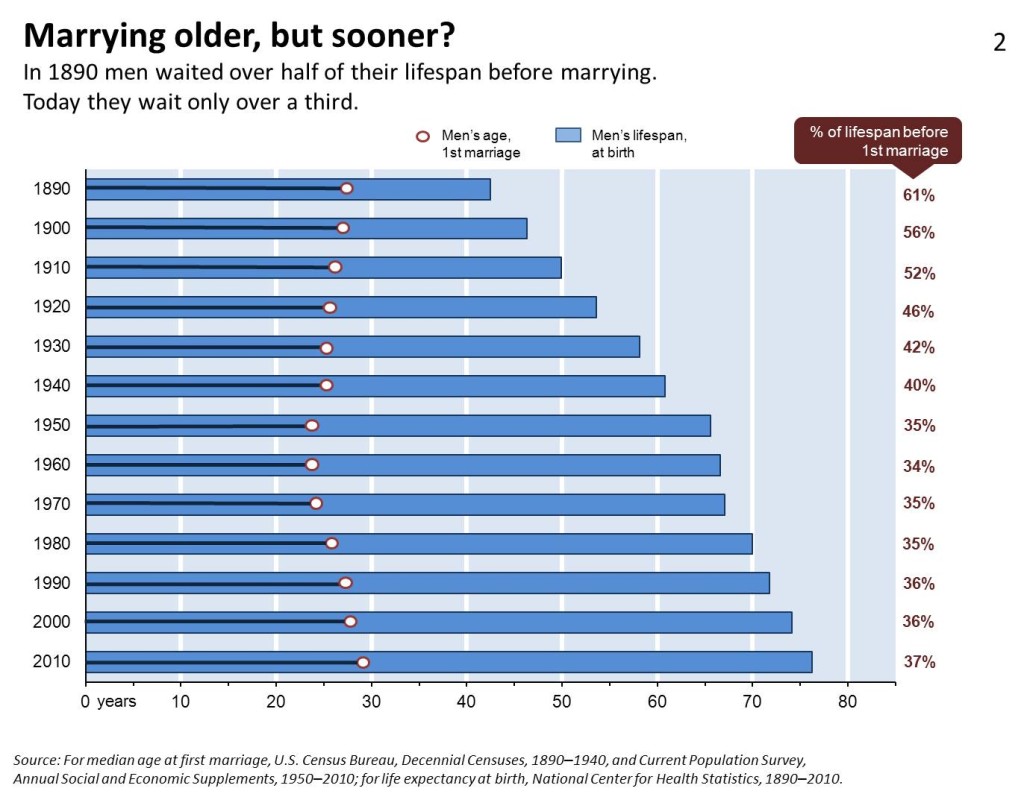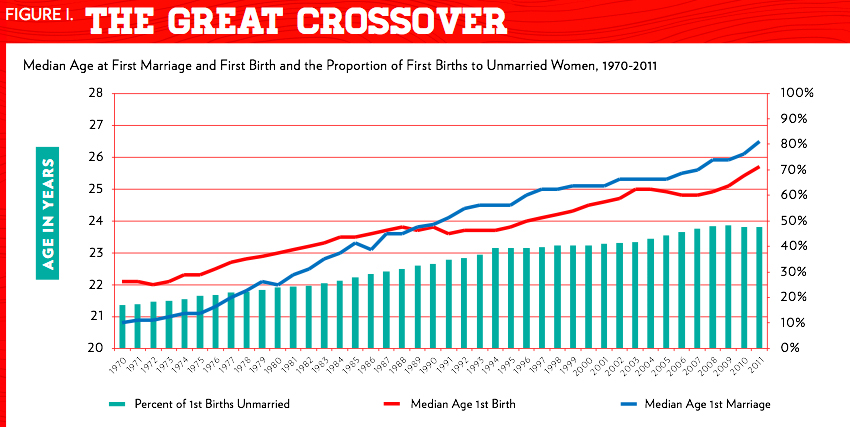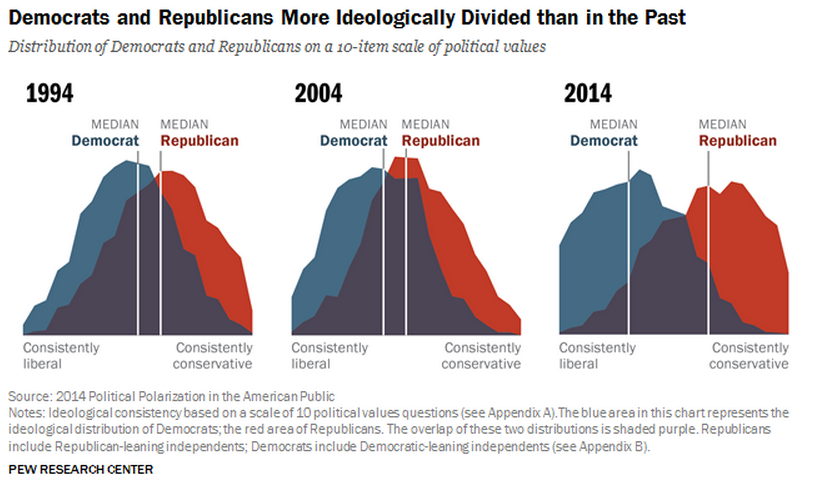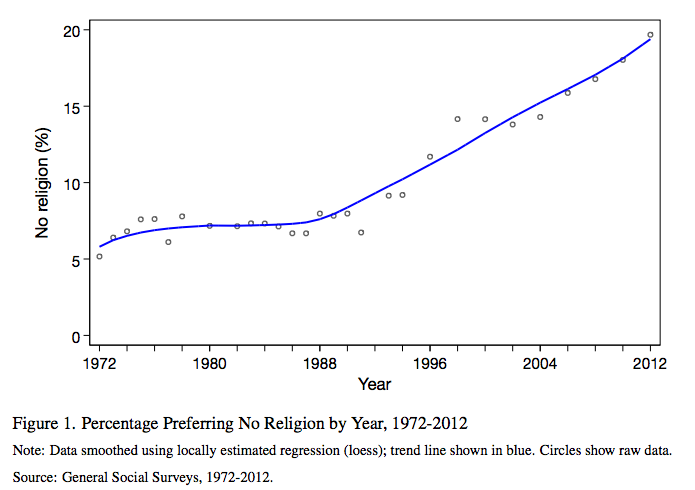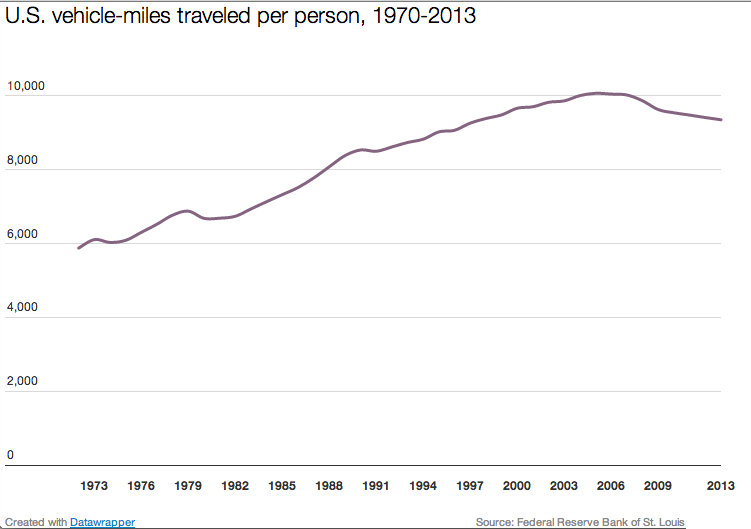
The Only Problem with Incremental Change is that it Brings Incremental Results
So you want to bring about change but you’re afraid of the pushback that you know the change will create?
Totally understand that.
So you’re tempted to do what many leaders have done. Instead of bringing about the deep or radical change you know needs to happen, you decide to introduce change incrementally.
- Rather than remove the furniture you know needs to go, you move it an inch a week, hoping nobody will notice.
- Rather than fire the poor performer, you transfer him to a new position and hope one day he’ll leave.
- Rather than kill the programs that need to go, you add a few new ones instead and skirt the real issue.
- Rather than make all the changes you know need to be made, you create a 10 year time line, thinking that people will better accept the change the longer you delay.
Sound familiar? What’s wrong with this picture?
More than a few things actually.
The problem with incremental change…
…is that it brings incremental results.
If you want incremental results, then embrace incremental change.
The reality is that most leaders don’t want incremental results. You dream of significant results. Of radically different results.
Yet for some reason too many leaders fall for the leadership lie that incremental change will usher in radically different results.
It won’t.
Radical change brings the potential for radical results.
Incremental change never does.
Why Do Leaders Fall For This?
Why do you as a leader talk yourself into believing that incremental change will produce the results you’re looking for?
There are at least three reasons:
1. You fear people’s reaction to significant change
You’ve seen other leaders get crucified for ushering in change. And you don’t want that to be you.
Fear is one of the main reasons change isn’t happening fast enough in the church or in many organizations today.
Personally, I think it would be a terrible thing to stand before God one day and explain that the main reason you didn’t do what you were called to do is because you were afraid.
Do you really want fear to be your final epitaph as a leader? Or would you rather go down trying?
Personally, I’d rather die trying.
2. Past opposition to change
You tried change once, and it failed.
Well, awesome. You also had a bad meal once, but you didn’t stop eating.
Why is it leaders shy away from change once they’ve had any opposition to it?
Maybe the change itself isn’t the problem. Maybe your strategy is the problem.
This is why I outlined 5 specific strategies to lead change in the face of opposition in my book Leading Change Without Losing It. And why I’m so passionate about helping leaders navigate change.
Just because you failed at leading change once doesn’t mean you’ll fail forever.
Get a new strategy. What’s at stake is far too important not to.
3. Belief that progress should come without pain
Now we get closer to the heart of the matter. Many leaders secretly wish progress came without pain.
Progress almost never comes without pain.
Significant things are rarely accomplished without significant struggle. Our heroes are always people who suffered to bring about a better end. Part of us wants to live like that, and part of us doesn’t.
The leadership question is whether you’re willing to endure pain for the sake of a better future.
Real leaders say yes to that. They honestly do.
So…if you want significantly different results, push past the fear and stop thinking incrementally.
Incremental change brings about incremental results. Now you know what you’re dealing with.
What are you learning about change?
Are you ready for change that brings significant results? Learn more about getting things done with Auxano’s Execution services.

Tags: Carey Nieuwhof, Change, Change leadership, Fear of Change, Incremental Change, Leading Change


















